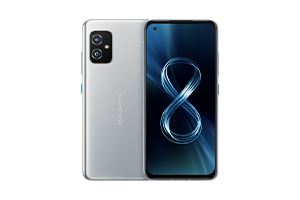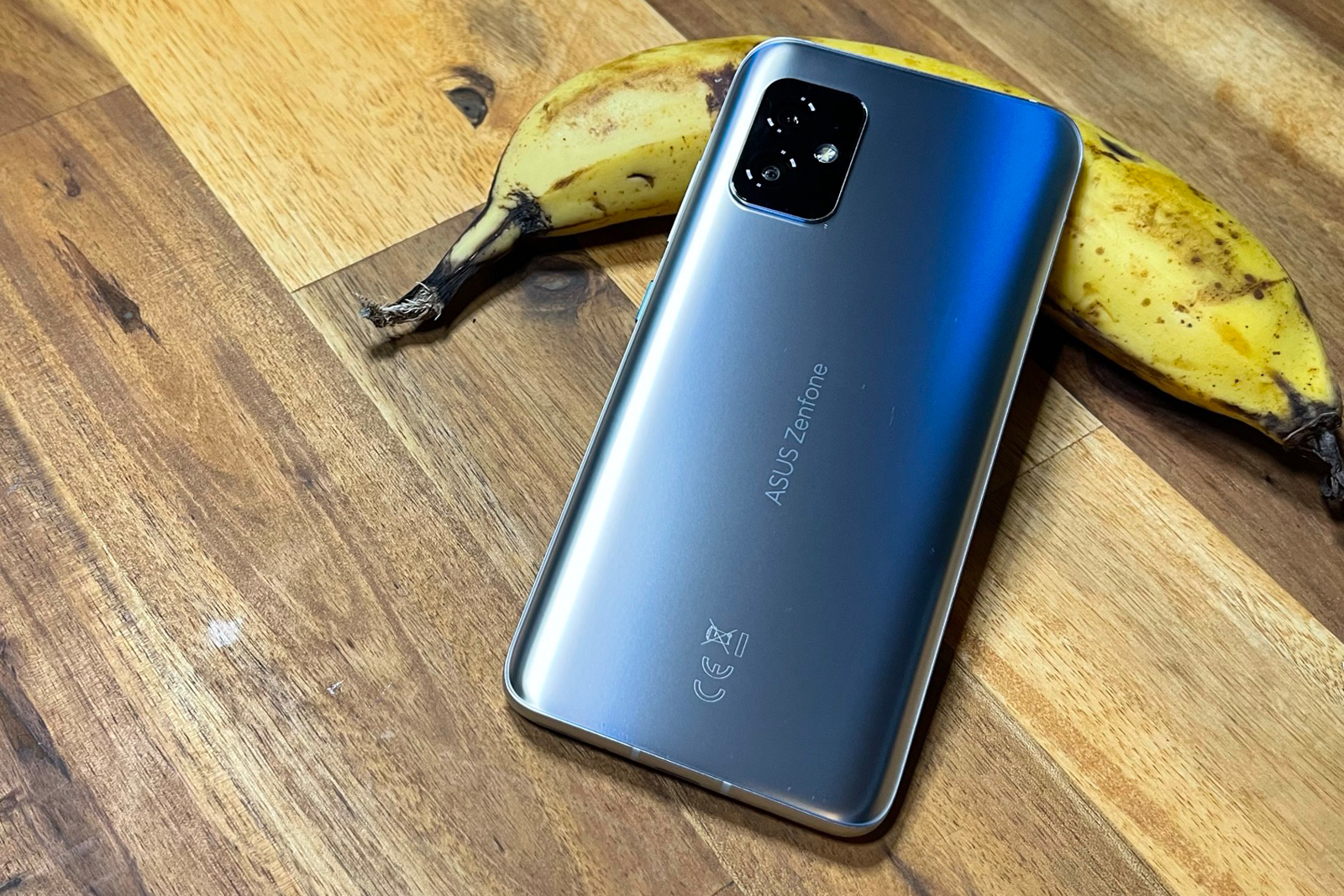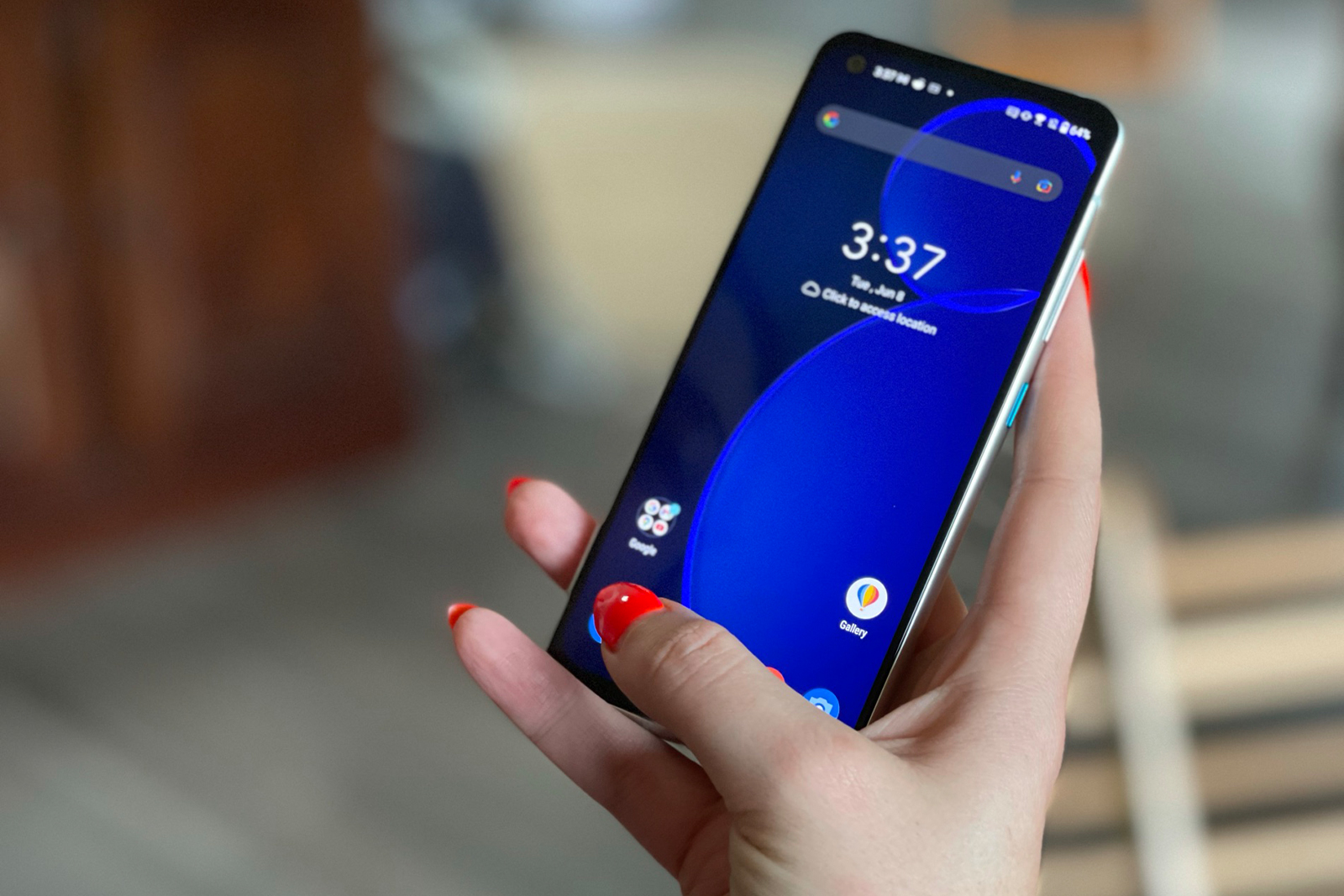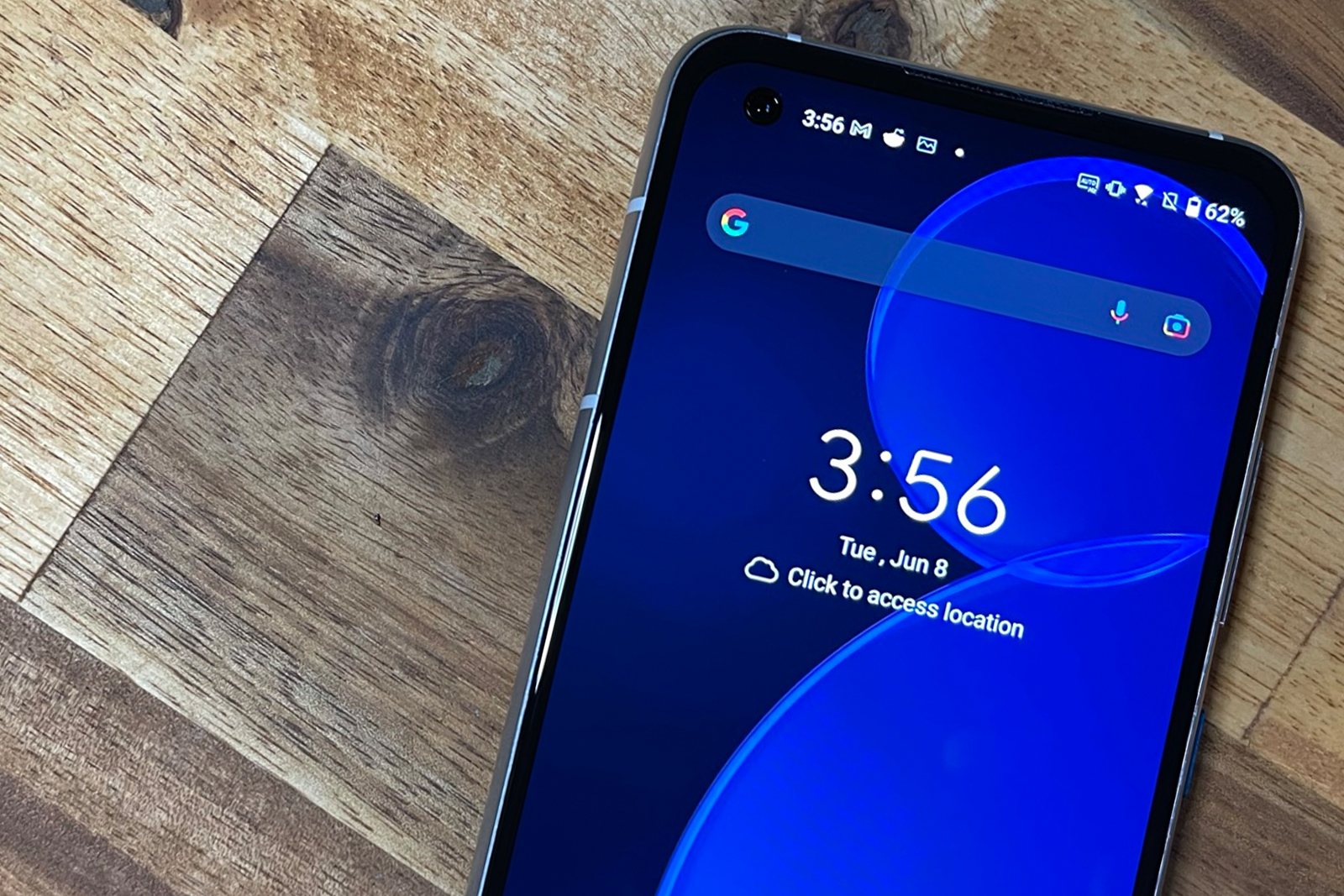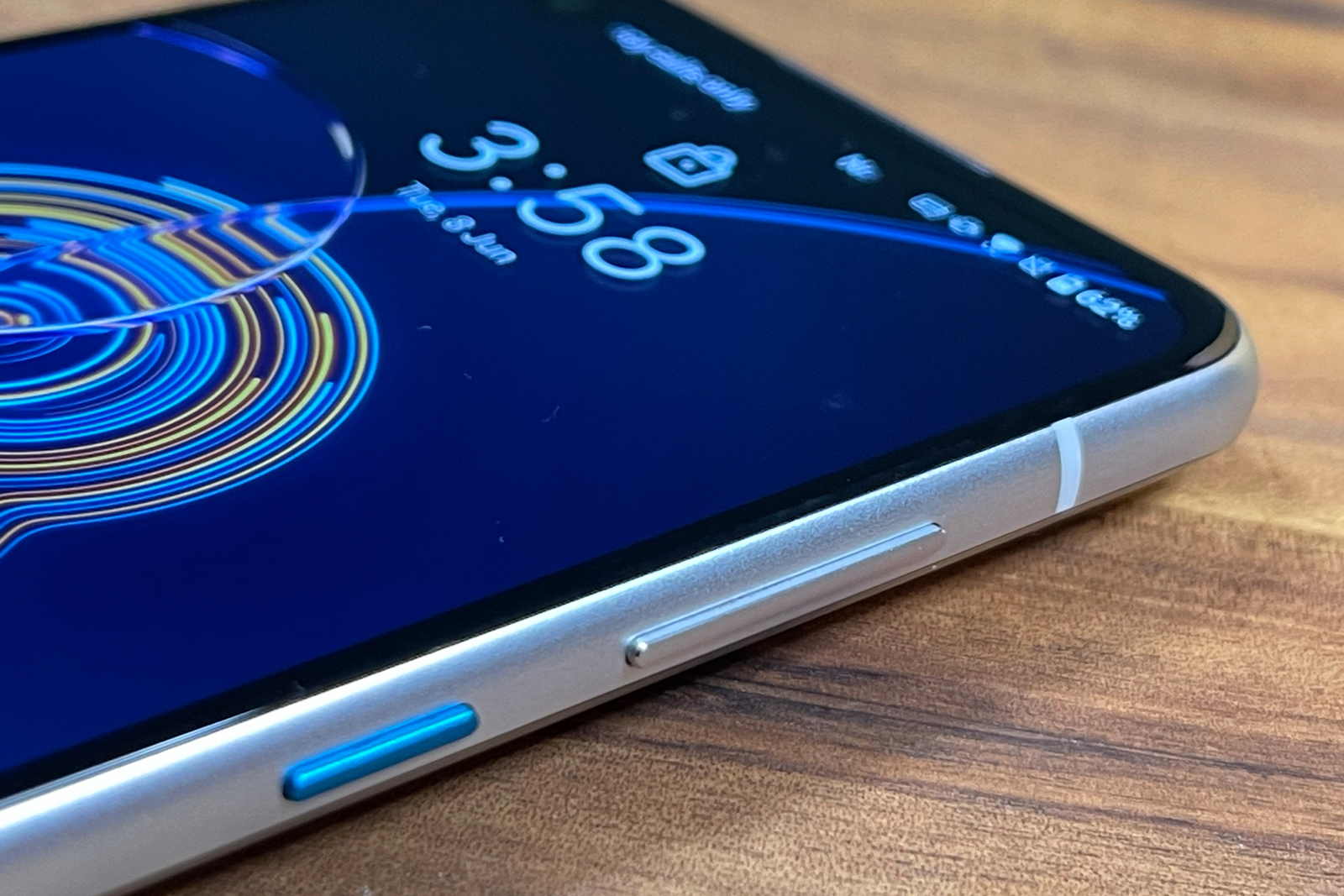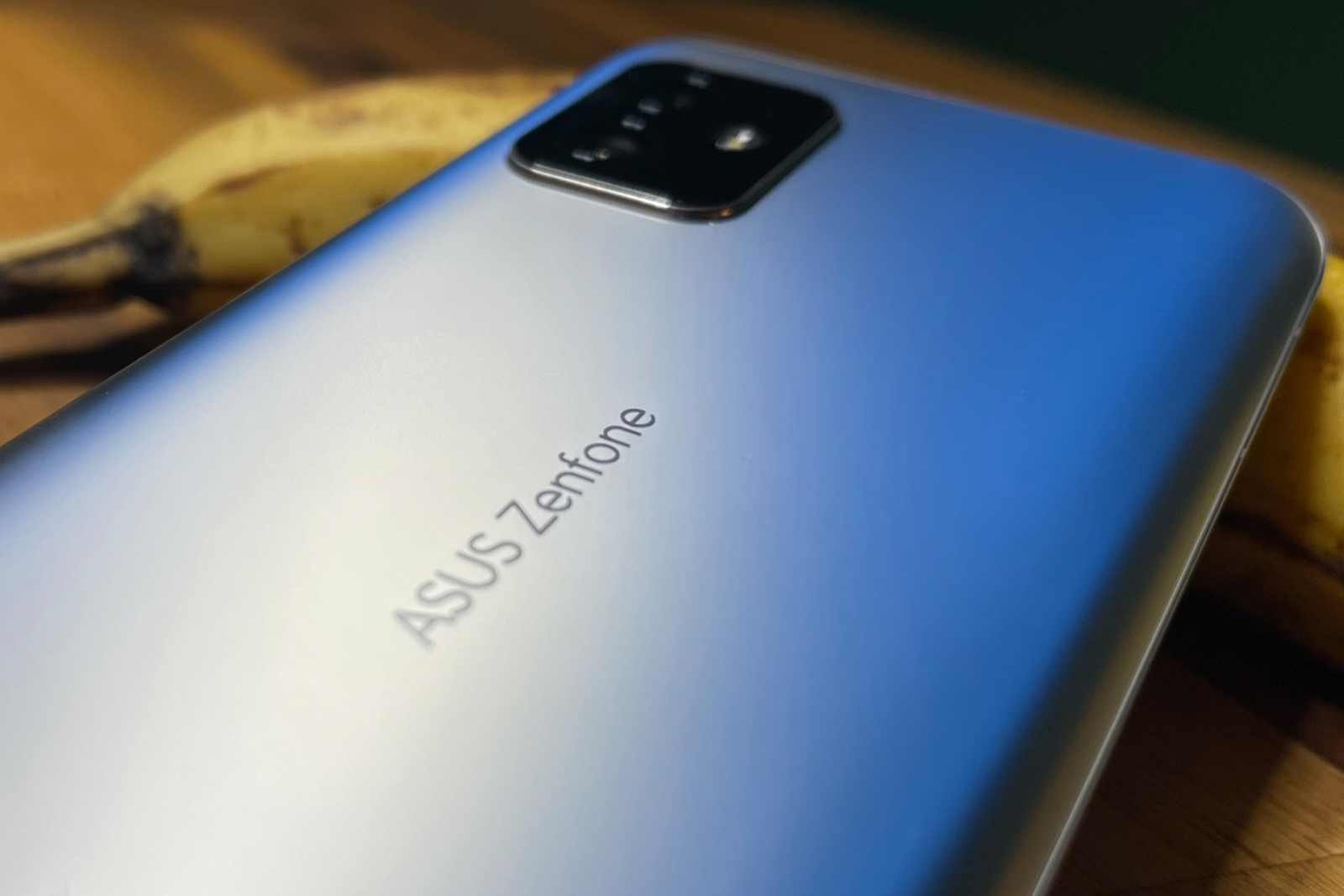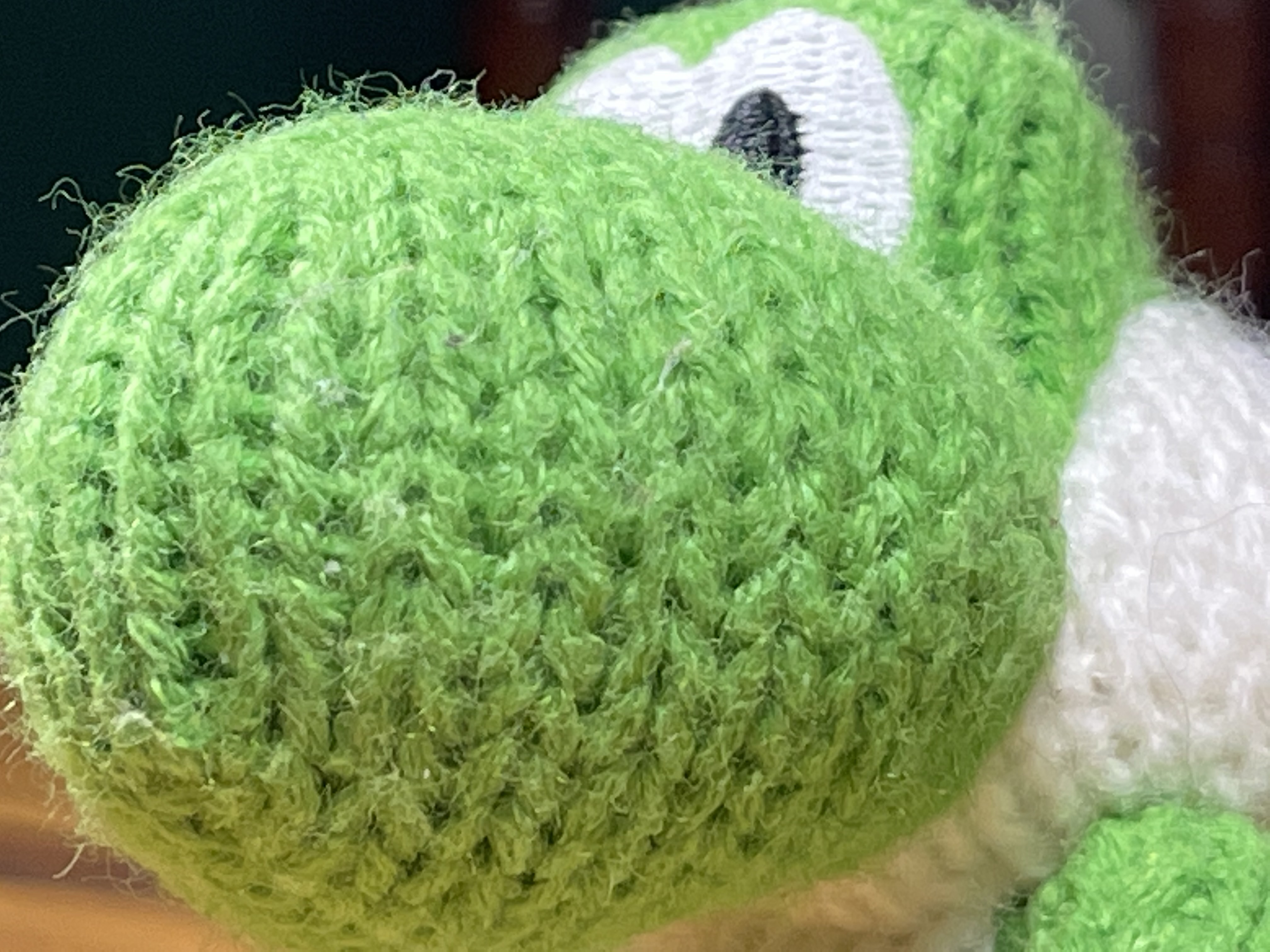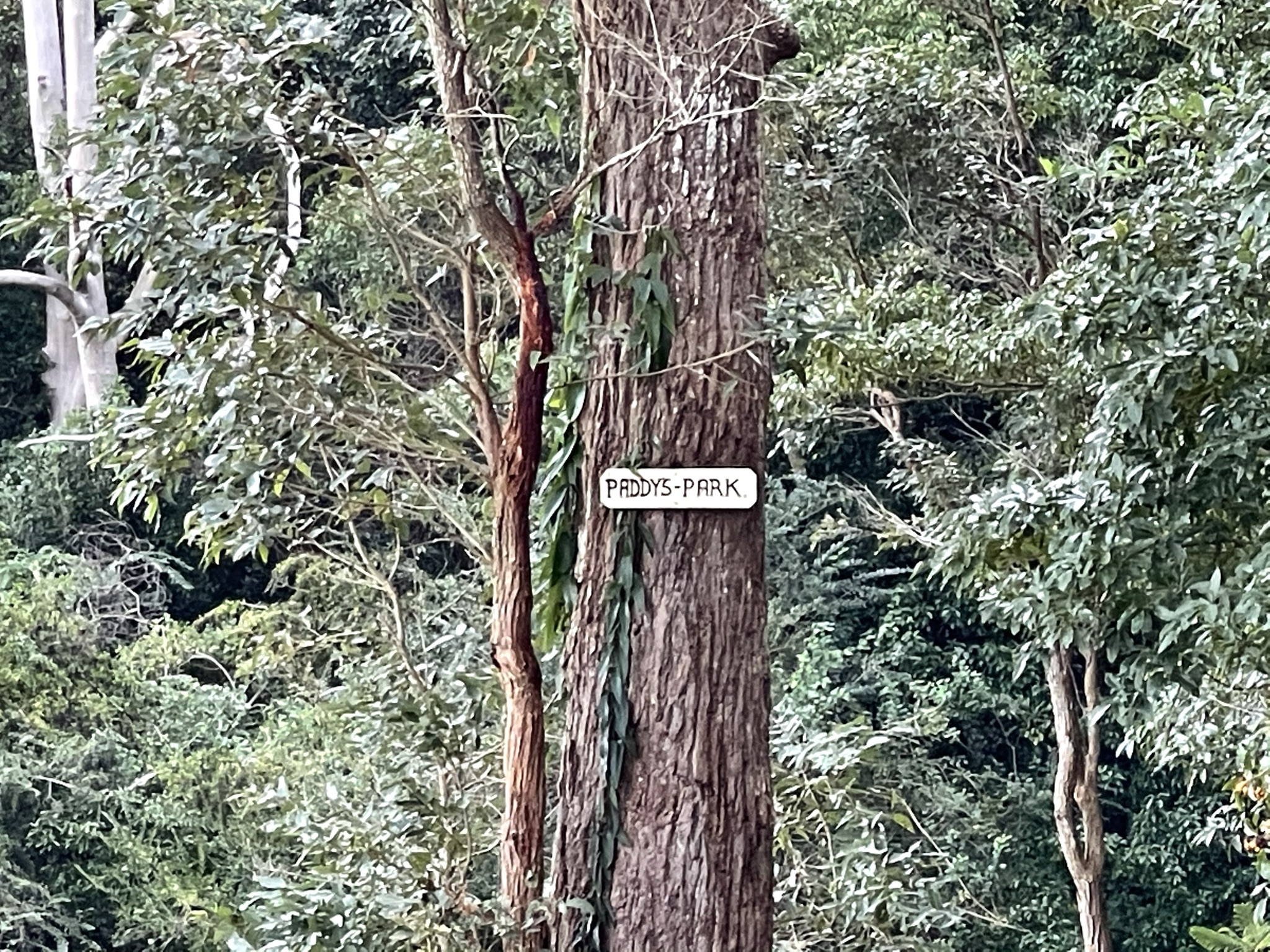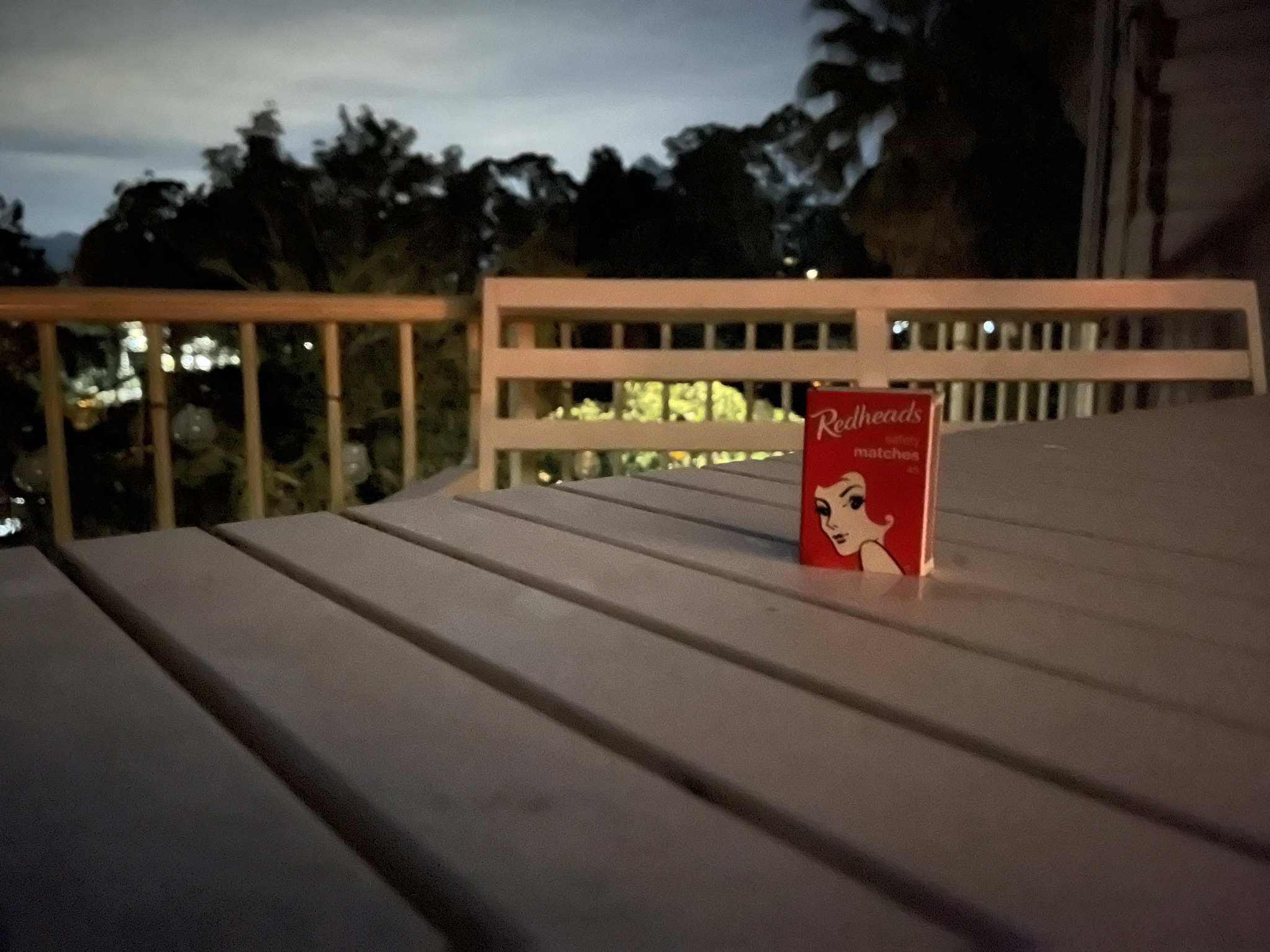Optus Mobile Review ALDI Mobile Review Amaysim Mobile Review Belong Mobile Review Circles.Life Review Vodafone Mobile Review Woolworths Mobile Review Felix Mobile Review Best iPhone Plans Best Family Mobile Plans Best Budget Smartphones Best Prepaid Plans Best SIM-Only Plans Best Plans For Kids And Teens Best Cheap Mobile Plans Telstra vs Optus Mobile Optus NBN Review Belong NBN Review Vodafone NBN Review Superloop NBN Review Aussie BB NBN Review iiNet NBN Review MyRepublic NBN Review TPG NBN Review Best NBN Satellite Plans Best NBN Alternatives Best NBN Providers Best Home Wireless Plans What is a Good NBN Speed? Test NBN Speed How to speed up your internet Optus vs Telstra Broadband ExpressVPN Review CyberGhost VPN Review NordVPN Review PureVPN Review Norton Secure VPN Review IPVanish VPN Review Windscribe VPN Review Hotspot Shield VPN Review Best cheap VPN services Best VPN for streaming Best VPNs for gaming What is a VPN? VPNs for ad-blocking Asus hasn’t partnered with any Australian telcos, so you’ll need to hook yourself up with a decent 5G SIM plan to make the most of the Zenfone 8. Here’s a quick look at some of the most popular 5G plans this week. That said, it’s a testament to how times have changed that the Zenfone 8 still feels small compared to my regular iPhone 12 Pro Max. Despite being way bigger than the iPhone 5, a phone I loved and used for four years, it took a while to get used to the Zenfone 8’s size. The phone feels very sturdy; its aluminium frame, matte Gorilla Glass 3 rear, and all the tech Asus has crammed inside, add up to 165g in the hand. It’s heavier than the slightly smaller iPhone 12 mini (135g) and feels fancier for it. But it’s a slippery little smartphone and the included hard-shell case, whilst appreciated, makes it even harder to get a good grip. The iPhone 12 mini benefits from Apple’s shift back to squared-off edges where the Zenfone 8 has the same curved frame as most Androids. It doesn’t take long to get used to the Zenfone 8’s design and for all the reasons you would want to downsize your smartphone, it works. It feels better in the pocket and one-handed operation is a breeze that can be made even breezier with the optional one-handed mode (which offers quick access to the top of the screen with a swipe down). Apple’s iPhone 12 mini is a throwback to a simpler time when you could access all the technological marvels of a modern-day smartphone with one hand. But Apple made some big cuts to the 12 mini’s performance and hardware to achieve the compact form factor and lower price tag. Asus is pitching its similarly-sized Zenfone 8 as its flagship handset, while the larger Zenfone 8 Flip plays second-fiddle to its pint-sized prowess. It’s going all in with its compact 5.9-inch (20:9) display, allowing its ROG Phone brethren to fight the big phone battle. My first thought when I got my hands on the Asus Zenfone 8 was to marathon some Dragon Ball Super and, recently, Sweet Tooth on Netflix to see if the experience felt lacking on the smaller 5.9-inch display. Guess what? It doesn’t feel like a downgrade. Not even slightly. In fact, you could argue the image quality looks better on the Zenfone 8’s Super AMOLED display than it does on the iPhone 12 Pro Max display, particularly in colourful daylight scenes early in Sweet Tooth. Part of that premium feeling comes from the Zenfone 8’s adaptive refresh rate, which runs at 60Hz, 90Hz or 120Hz, depending on the usage, but that feature is also let down by its confusing execution and implementation. You never know what you’re going to get with the adaptive refresh rate. There are four modes: 60hz, 90hz, 120hz, and the default Auto. Auto does mostly what you’d expect and adapts to the content on the screen but it behaves in strange ways. For example, it drops to a constant 60Hz when watching Netflix and sticks to 90Hz for general UI navigation. So far so good. But then when you boot up a game with HRR (High Refresh Rate) enabled, like Call of Duty: Mobile, the refresh rate hops constantly between 90Hz and 60Hz and never once touches 120Hz. The idea of Dynamic/Auto mode is that it preserves battery life by dropping the frame rate where it’s not needed but the assumption is that it kicks it up a notch to 120Hz when it is needed. That doesn’t seem to be the case. I’ve only been able to achieve 120Hz by locking it in Performance mode and that’s at the downfall of my battery. If you’re hoping to use the Zenfone 8 at its full potential, you could expect a lot less than a full day of battery life. This isn’t unique to the Zenfone 8, a lot of flagship smartphones are struggling to keep up with the drain of 5G and high refresh rates but when some of your phone’s key selling points are those exact features, you might find yourself disappointed by the day-to-day endurance if you dare push the device’s limits. In short, battery life has been more or less what I’d expect for everyday usage which I chalk up as a tick in the pros column considering the Zenfone 8’s smaller size. However, one negative is the underwhelming results I’ve had with its 30w fast charging. Asus advertises the Zenfone 8 can hit 0 to 60% battery in 25 minutes. I noticed I wasn’t getting quite that and set the stopwatch. The results were, frankly, quite poor. I left the Asus Zenfone 8 charging for an hour exactly and by the end of that hour, it had only charged to 47%. That’s way off what’s advertised. To fit it all in, Asus is saving space on the inside by connecting two PCBs (printed circuit boards) with an interposer rather than the typical ribbon connection. All that means for you is that you can experience all the power of a big flagship phone in a much smaller package and you will experience power. Everything from everyday UI navigation, to photography to gaming feels flawless. I’m yet to witness it chug in the slightest. For a bit of a lark, I booted up Call of Duty: Mobile to see how crammed the touchscreen controls felt on the smaller screen (not crammed at all by the way) and I was blown away by how smooth the first-person shooter played. The only hiccup of the entire experience was that the hole-punch camera got in the way of certain menu buttons, while others were clipped short at the 20:9 display’s edges — a good reminder that I need to invest in a Razer Kishi Controller at some point. There is one small downside to the Zenfone 8’s smaller size, it can get uncomfortably hot. Cramming all that tech in a tiny frame is bound to generate some heat and Asus doesn’t do anything out of the ordinary to help cool its internals, so even short gaming sessions can heat up fast. I don’t mean a little hot, I mean a big hot, like “I better put my phone down before I melt another polar ice cap” hot. I’ll be honest, not completely unwelcome in these colder months. The missing telephoto lens seems to be enough for some people to completely reject the Asus Zenfone 8, spitting on its pathetic dual-lens shooter as they walk by. I’m going to let you in on a little secret: you won’t miss it. While long-distance digital zoom continues to be quite useless, smartphones are getting better at faking it from a few metres away. One of the benefits of an optical zoom lens is that you can frame a shot and then zoom in at 2x (or closer) and retain the same amount of detail. It impacts long shots as well as close-ups. But software can do a lot of the heavy lifting these days and that’s clearly evident in the Zenfone 8’s zoom. I’ve taken some comparison photos with the Zenfone 8 and the iPhone 12 Pro Max which might seem like an unfair match-up considering the vast chasm between the cost of the two devices but I thought it would be worth showcasing the sacrifices you make with a more affordable flagship. Take a look at the shows below. On the left, you’ll find a 2x shot with the Zenfone 8 and on the right, a 2x shot with the iPhone 12 Pro Max. You’ll notice in the photo comparisons below that the Zenfone 8 struggles to retain accuracy in colourful, high-contrast subjects. On the right, you’ll see the iPhone 12 Pro Max has captured the detail of the raindrops resting on rose petals, whereas most of that detail is lost in the Zenfone 8’s attempts. These two photos were shot with each camera’s standard wide-angle cameras on default settings: Besides my issues with fast charging, the Zenfone 8 is everything it promises: a powerful, pint-sized Android smartphone with a stunning Super AMOLED display. It doesn’t try to hide the sacrifices made to the camera and after testing it out for myself, I don’t think most people will miss the telephoto lens anyway. The loss of detail and excess of colour saturation becomes more obvious when you export your photos on a bigger screen but they look stunning if you’re only viewing them on the Zenfone 8’s gorgeous display. The only thing that’s stopping me from fully recommending the Asus Zenfone 8 to small phone lovers is the fact that we still don’t know how much the handset will cost in Australia and when you’ll be able to get it. It was revealed almost a month ago which is a lifetime in the world of smartphones. For more options, head over to our ever-growing guide to the best smartphones you can buy in Australia.
